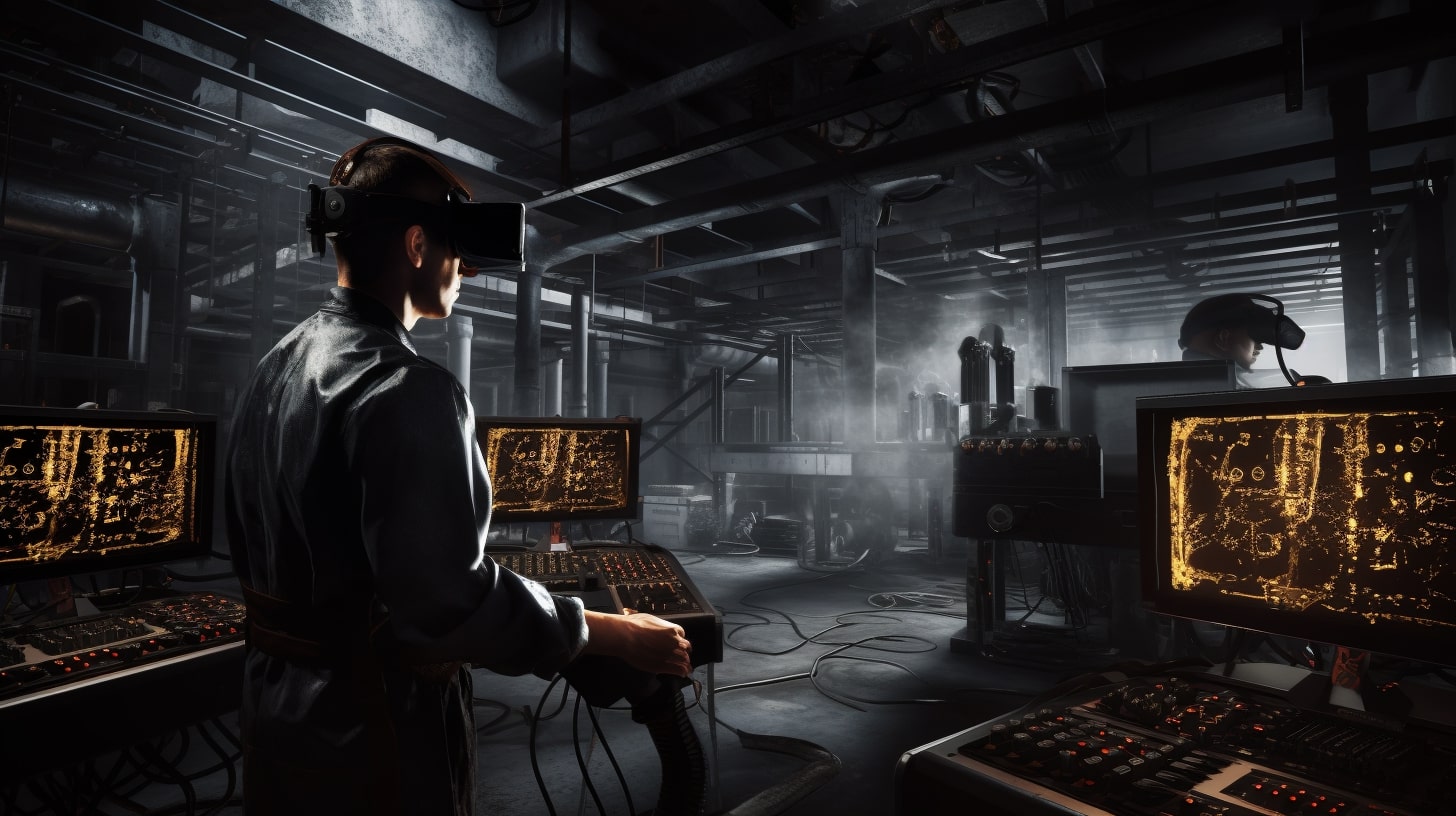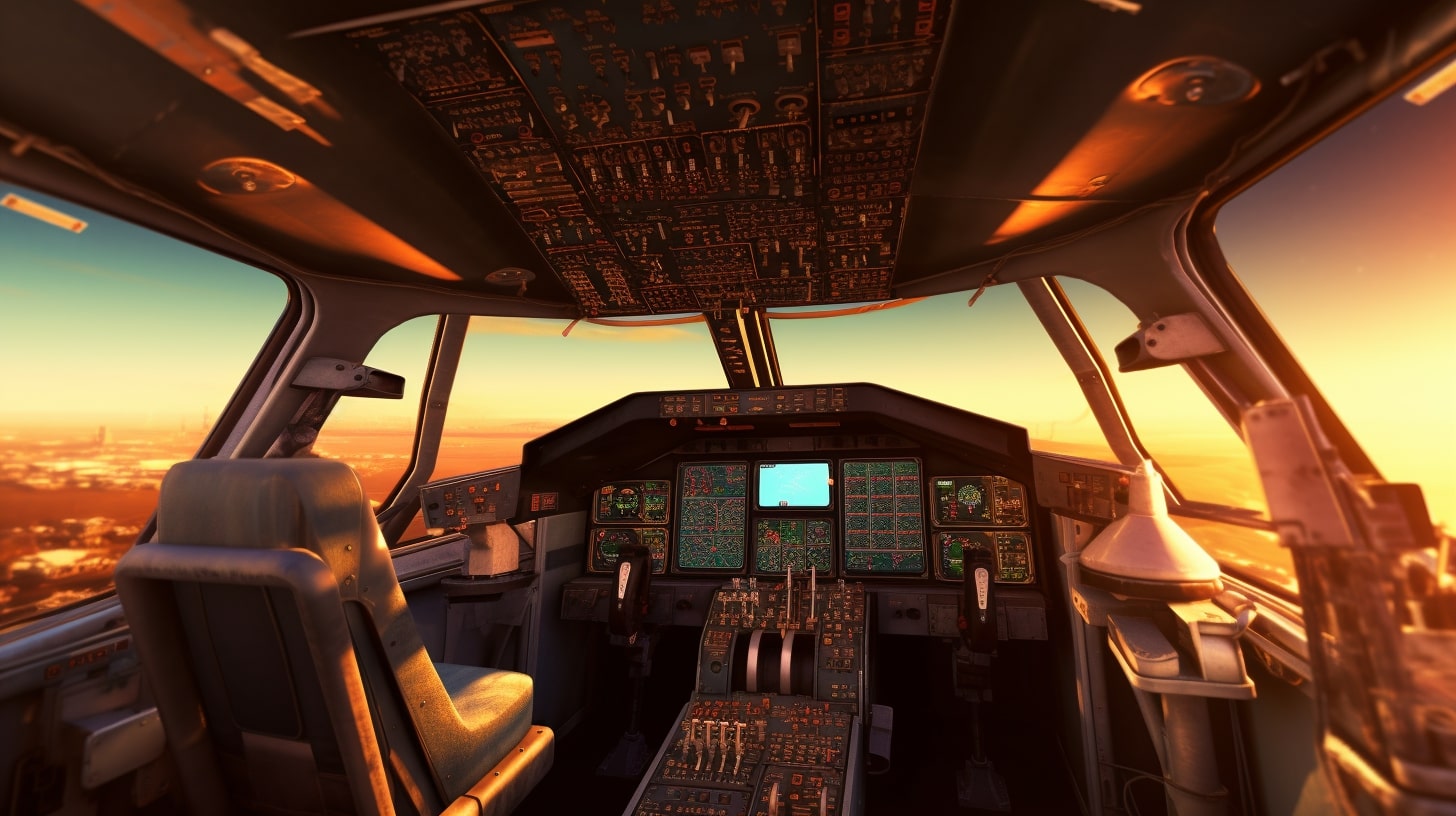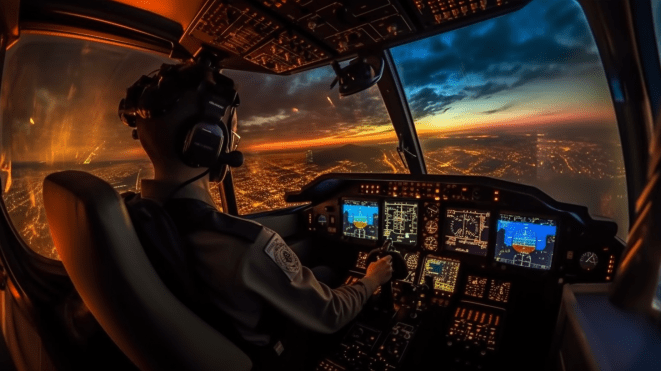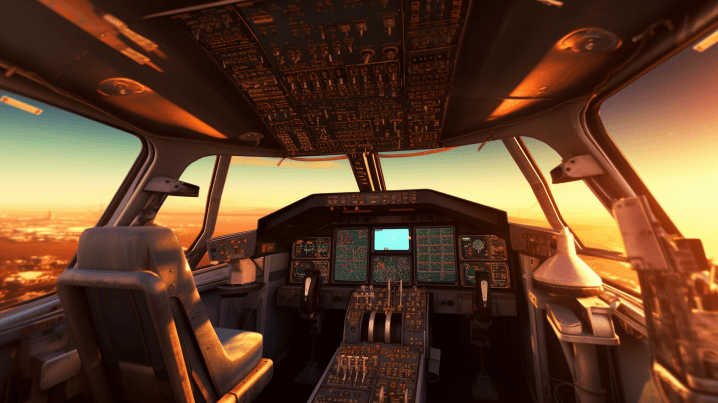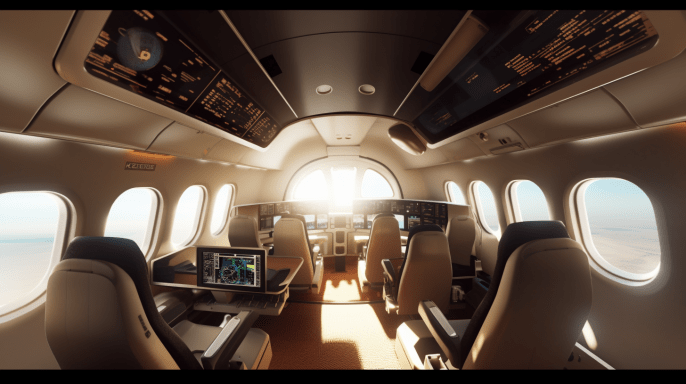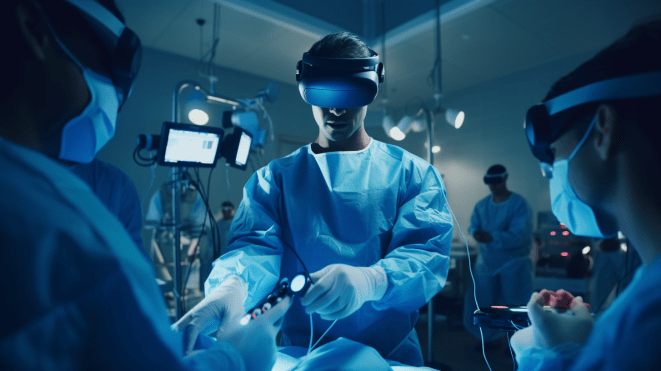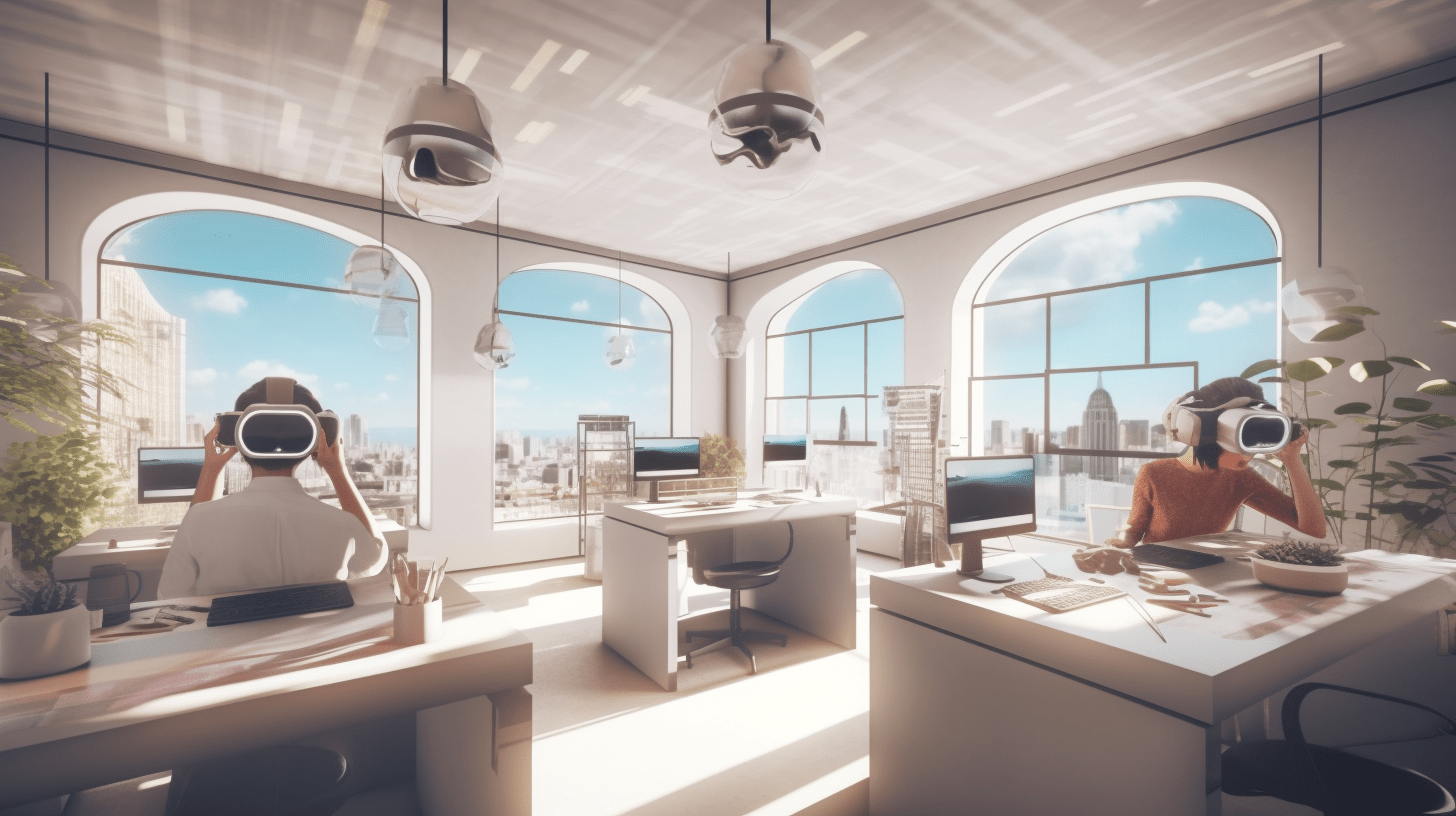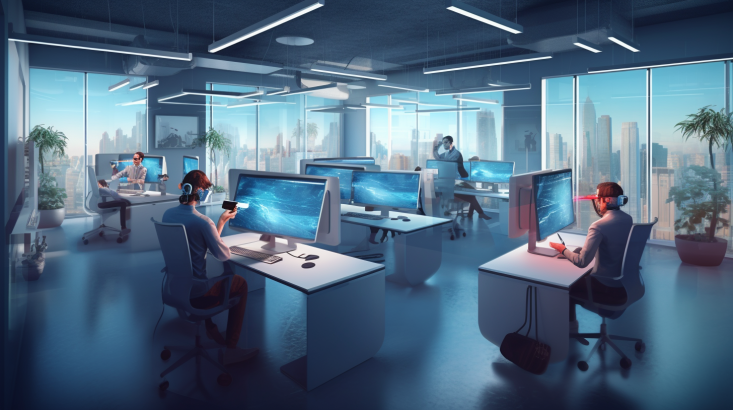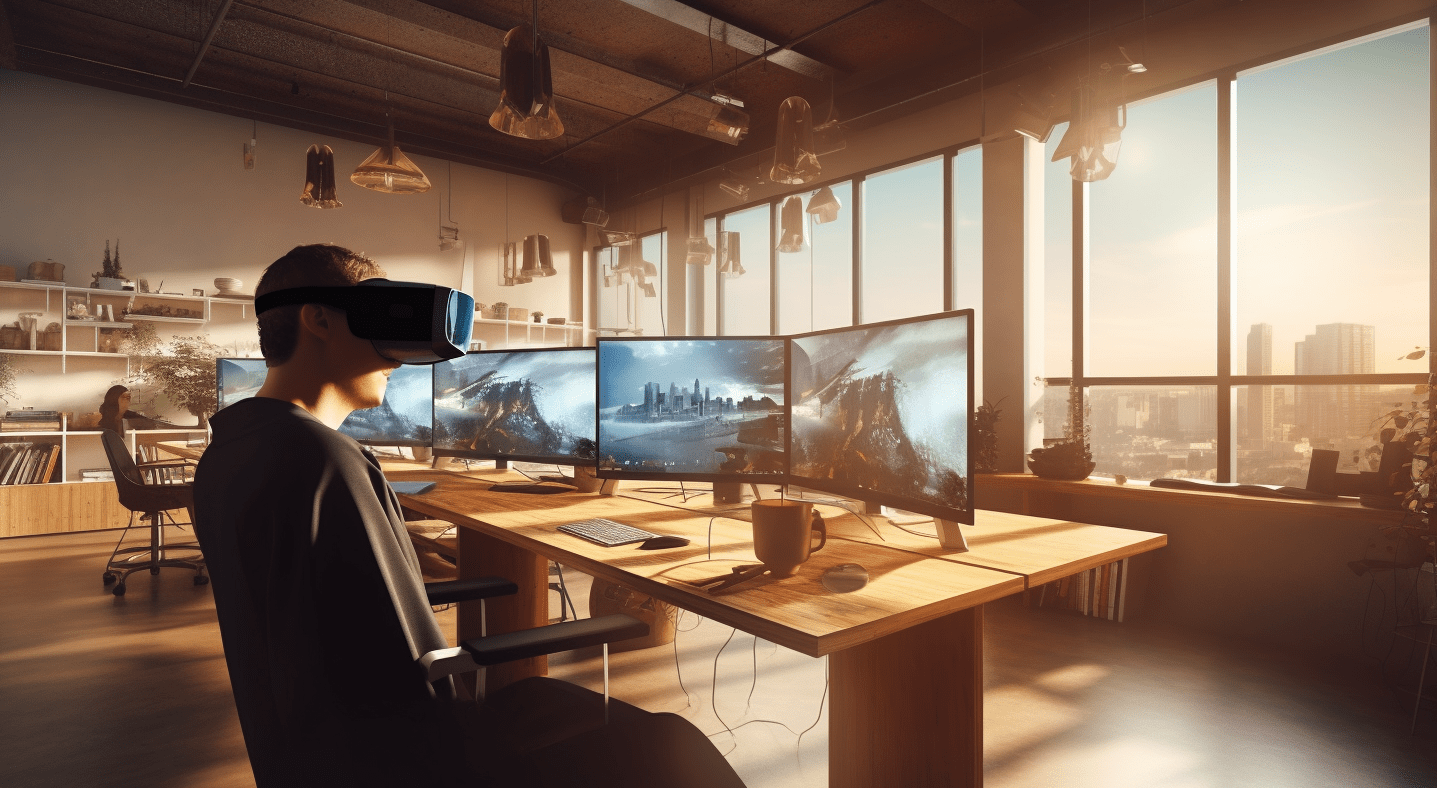Apple Vision Pro: The Game Changer in Industrial Training
The landscape of VR industrial training is vast and ever-evolving. Traditional methods have made way for more technologically advanced solutions, ensuring safer, more efficient, and real-time learning experiences. One such breakthrough is the introduction of the Apple Vision Pro for industrial training. Twin Reality, a forefront multi-brand store, delves into how this innovation is reshaping industries.
The Pinnacle of Virtual Reality
Apple Vision Pro’s industrial functionalities are unparalleled, making it the go-to choice for industries looking to integrate VR into their training programs. But what makes Vision Pro stand out?
- In-depth Immersion: With a robust operating system, the Vision Pro delivers an experience that is closer to reality than any other device in the market.
- Versatility: Whether it’s for the aviation industry, automotive, or construction, Vision Pro has applications across various sectors.
- Safety First: The device allows for risk-free training, especially in high-risk areas such as mining and refineries, ensuring that trainees get a hands-on experience without the associated dangers.
“Industrial training is no longer about reading manuals or watching videos. It’s about experiencing, and Apple Vision Pro is bridging that gap.”
– John Doe, Tech Expert
Adapting to the Future
It’s evident that industries are realizing the power of VR in training. A prime example is the process of designing a VR industrial training program. As industries adapt to this change, it’s vital for them to choose the best in the market, and Apple Vision Pro is undoubtedly leading the race.
Stay tuned as we delve deeper into how industries are leveraging the power of Vision Pro in the subsequent sections of this article.
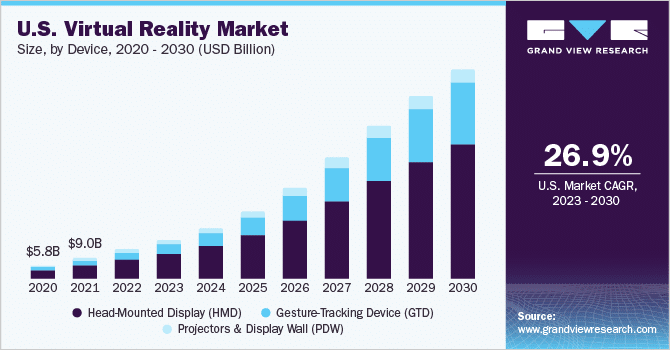
A Deeper Dive into Vision Pro's Applications
The Apple Vision Pro is not merely a headset; it’s an experience, a technological marvel that has been meticulously crafted to deliver results, especially in the enterprise sector. One of the prime applications is in corporate meetings. It revolutionizes how businesses conduct their day-to-day operations, from immersive training and onboarding experiences to remote product demonstrations and sales pitches. The world of remote work and virtual collaboration will never be the same.
Moreover, the Vision Pro’s potential in enterprise training cannot be overstated. Industries, especially the industrial manufacturing sector, can leverage its capabilities to create realistic training environments. This could be a solution to accelerating the training processes, especially when there’s a labor shortage in the market.
While Apple’s Vision Pro does come with a premium price tag, its applications in the digital workplace make it worth the investment. From training to collaboration, its clear uses ensure that businesses get a return on their investment, both in terms of monetary value and efficiency.
In the ever-evolving landscape of XR, with players like Meta’s Quest 3 making waves, Apple’s Vision Pro is set to not just change but redefine the XR training industry. The future of immersive technology lies in the balance, and Vision Pro might very well tip the scales in its favor.



